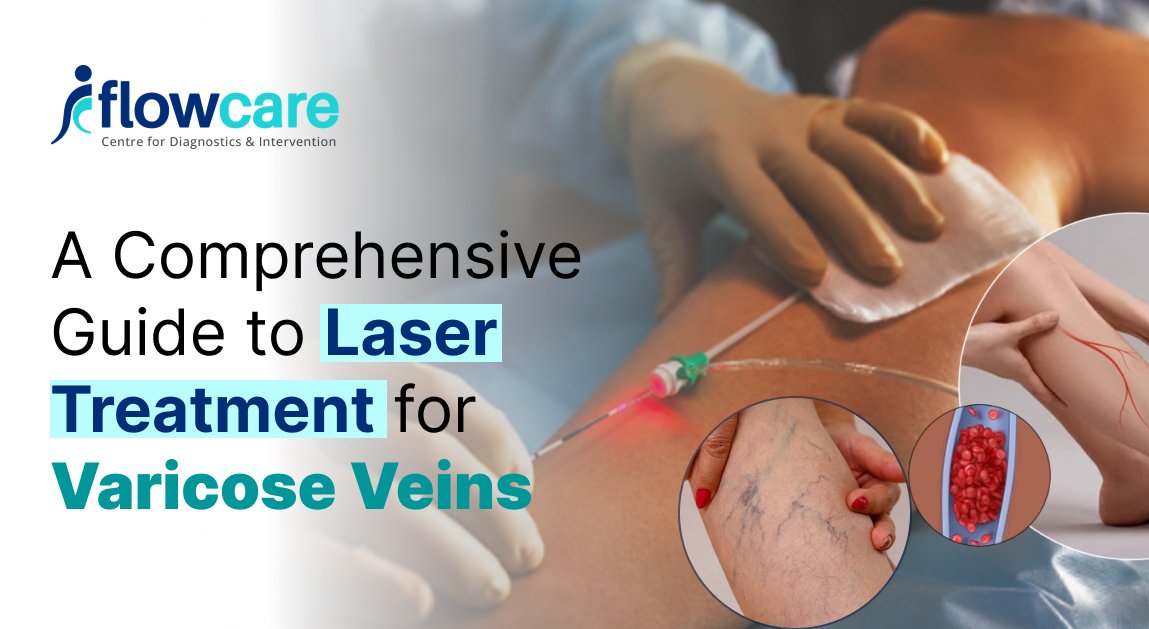
Comprehensive Guide to Trigeminal Neuralgia Treatment: Surgical and Non-Surgical Approaches
Trigeminal neuralgia (TN) is a debilitating condition characterized by intense facial pain stemming from the trigeminal nerve, which is responsible for sensation in the face. This neurological disorder can significantly impact one’s quality of life, often leading patients to seek effective treatment options to alleviate their symptoms. In this article, we explore both surgical and non-surgical approaches for managing trigeminal neuralgia, with a focus on radiofrequency ablation (RFA) as a promising intervention.
Understanding Trigeminal Neuralgia:
The trigeminal nerve, the fifth cranial nerve, is responsible for transmitting sensory information from the face to the brain. Trigeminal neuralgia manifests as sudden, severe, and electric shock-like pain in areas of the face supplied by the trigeminal nerve. Common trigger points include the lips, gums, cheeks, and jaw.
Surgical Approaches:
- Microvascular Decompression (MVD):
- MVD is a surgical procedure aimed at relieving pressure on the trigeminal nerve caused by nearby blood vessels. By placing a cushion between the nerve and the compressing vessel, MVD can effectively alleviate pain in many cases.
- Success rates for MVD are high, with long-term pain relief achieved in a significant percentage of patients.
- Gamma Knife Radiosurgery:
- Gamma Knife radiosurgery delivers precise beams of radiation to the trigeminal nerve root, disrupting pain signals without damaging surrounding tissue.
- This non-invasive procedure offers an alternative to traditional surgery, particularly for patients who may not be candidates for open cranial surgery.
Non-Surgical Approaches:
- Medications:
- Anticonvulsant medications such as carbamazepine and gabapentin are often prescribed to manage trigeminal neuralgia by stabilizing nerve activity and reducing pain signals.
- In some cases, muscle relaxants and antidepressants may also be beneficial in alleviating pain associated with TN.
- Radiofrequency Ablation (RFA):
- RFA is an interventional procedure performed by skilled interventional radiologists to target and disrupt the pain signals transmitted by the trigeminal nerve.
- Using thermal energy generated by radiofrequency waves, RFA selectively destroys the nerve fibers responsible for transmitting pain, providing long-lasting relief for many patients.
- This minimally invasive procedure can be performed on an outpatient basis and offers rapid recovery with minimal risk of complications.
Targeting Trigeminal Neuralgia with RFA:
Radiofrequency ablation has emerged as a promising treatment modality for trigeminal neuralgia, offering several advantages over traditional surgical approaches. By precisely targeting the affected nerve fibers, RFA provides effective pain relief with minimal risk of sensory loss or facial numbness, which are common side effects associated with more invasive procedures.
Radiofrequency ablation (RFA) is a minimally invasive procedure used to alleviate pain by targeting specific nerves responsible for transmitting pain signals. In the context of trigeminal neuralgia (TN), RFA has gained recognition as a promising treatment modality due to its ability to provide effective pain relief with fewer risks compared to traditional surgical approaches.

Here’s a detailed explanation of how RFA works and its advantages over traditional surgical techniques:
- Principle of RFA:
During RFA, a specialized needle electrode is inserted under guidance, typically using imaging techniques such as fluoroscopy or ultrasound, to precisely target the affected nerve fibers. Once in position, radiofrequency waves are then delivered through the electrode, generating heat. This heat disrupts the function of the targeted nerve fibers, thereby reducing or eliminating the transmission of pain signals to the brain.
- Precision Targeting:
One of the key advantages of RFA is its ability to precisely target the specific branches of the trigeminal nerve that are responsible for transmitting pain signals. By accurately identifying and selectively ablating these nerve fibers, RFA can effectively alleviate pain while minimizing damage to surrounding tissues. This precision targeting helps reduce the risk of unintended side effects, such as sensory loss or facial numbness, which are more commonly associated with traditional surgical approaches that may involve broader nerve manipulation or tissue disruption.
- Minimally Invasive:
RFA is considered a minimally invasive procedure, meaning it involves smaller incisions or entry points compared to open surgical techniques. This translates to several benefits for patients, including shorter recovery times, reduced postoperative pain, and lower risk of complications. Because RFA can often be performed on an outpatient basis, many patients can return home shortly after the procedure and resume their normal activities relatively quickly.
- Preservation of Sensation:
Unlike some surgical procedures for TN, which may carry a risk of causing sensory loss or facial numbness due to manipulation of the trigeminal nerve, RFA is designed to selectively target only the pain-conducting nerve fibers while preserving the surrounding sensory and motor function. This means that patients undergoing RFA are less likely to experience permanent alterations in sensation or movement in the affected area, contributing to a more favorable long-term outcome.
- Efficacy and Long-Term Relief:
Clinical studies have demonstrated that RFA can provide significant and durable pain relief for many patients with TN. While individual responses to treatment may vary, a substantial proportion of patients experience meaningful reductions in pain intensity and frequency following RFA. Furthermore, the effects of RFA may persist over the long term, allowing patients to enjoy sustained relief from TN symptoms without the need for frequent repeat procedures.
Conclusion:
Trigeminal neuralgia poses significant challenges for patients seeking relief from facial pain. While surgical interventions such as microvascular decompression and gamma knife radiosurgery remain valuable options, the emergence of minimally invasive techniques like radiofrequency ablation offers new hope for patients with TN. By exploring both surgical and non-surgical approaches, individuals suffering from trigeminal neuralgia can work with their healthcare providers to identify the most suitable treatment strategy for their unique needs, ultimately reclaiming a better quality of life free from the burden of facial pain.
In conclusion, the treatment landscape for trigeminal neuralgia continues to evolve, with ongoing research and advancements in medical technology offering renewed optimism for patients seeking relief from this debilitating condition. With a comprehensive understanding of the available treatment options, individuals affected by TN can make informed decisions in collaboration with their healthcare providers to effectively manage their symptoms and improve their overall well-being.








